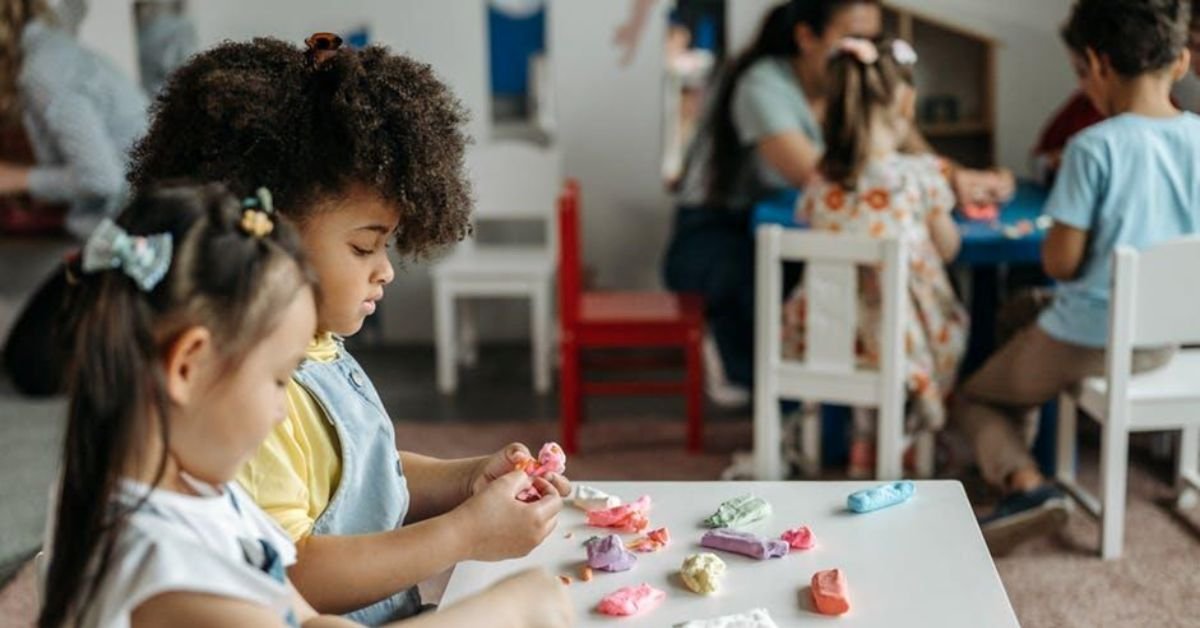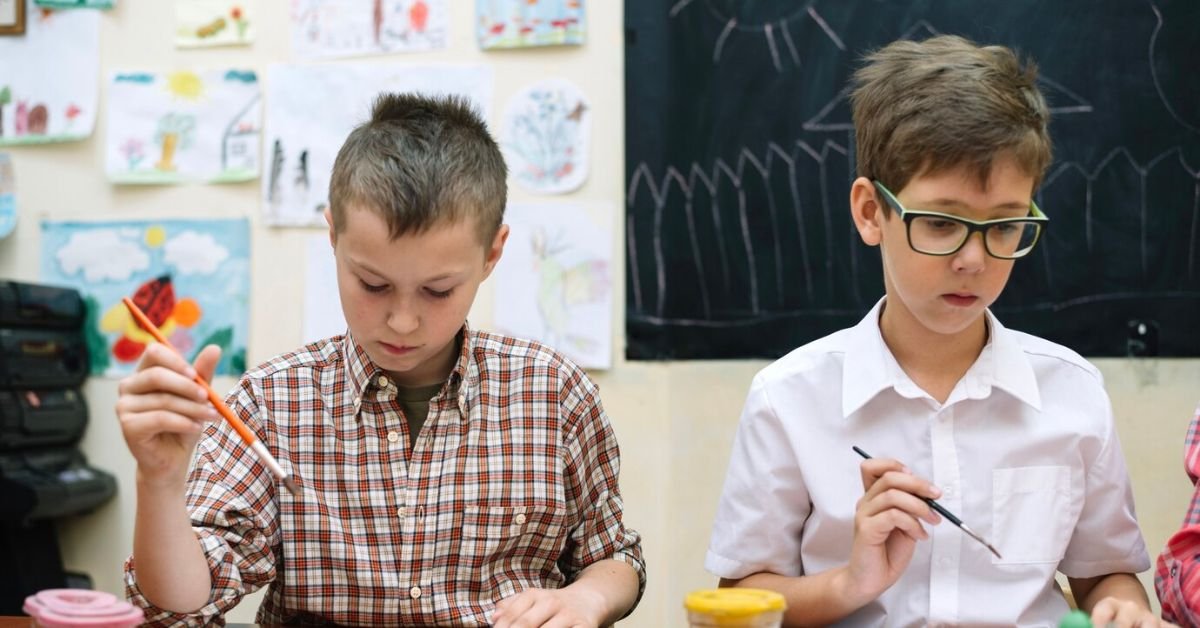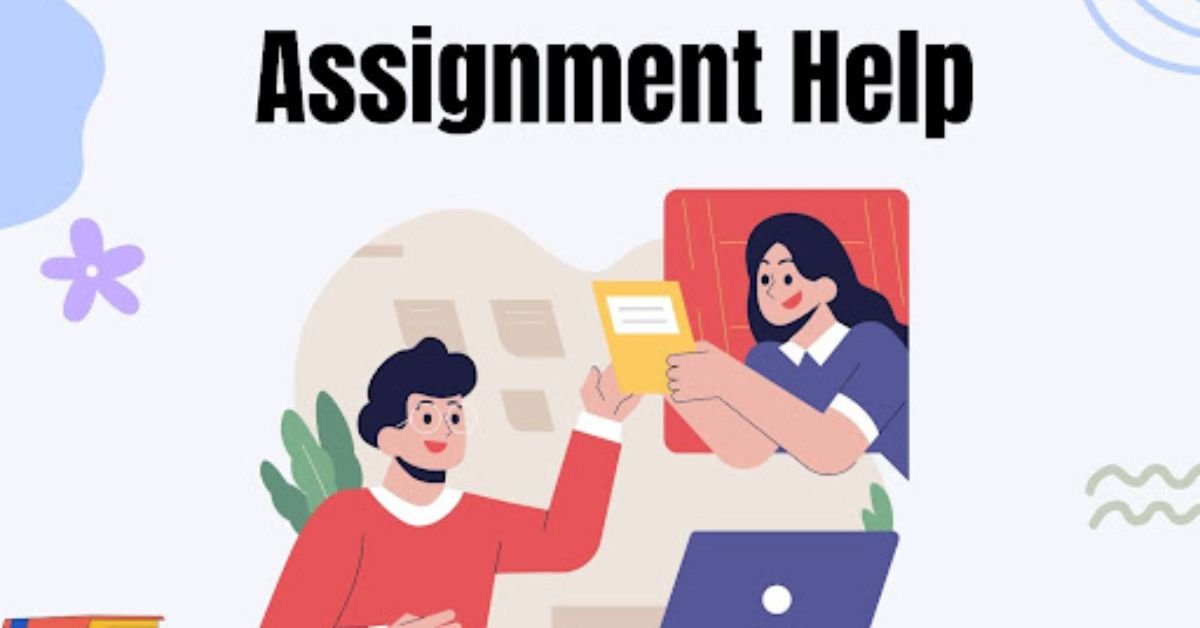Education
Why Digital Reading Is Reshaping the Definition of “Ownership”

The Shift from Bookshelves to Cloud Libraries
Owning a book once meant flipping through dog-eared pages and scribbling thoughts in the margins. It meant something physical, something personal, something lasting. That sense of ownership was rooted in weight and texture and scent. A book could be lent treasured or passed on through generations like a secret recipe.
Now a single device can hold a lifetime of reading. There is no creak of opening a spine no folded corner to mark the place. Ownership has become less about holding and more about accessing. Digital reading stretches the old idea of property into something more fluid. A file can vanish with a license change or server shutdown. Yet it can also travel with ease across borders and screens changing hands invisibly.
Access without Possession
Readers today are often licensees not owners. A purchase on an e-reader is not a guarantee of forever. It is a conditional handshake with a corporation. If a publisher pulls the rights or a platform shutters its doors access disappears like mist in the morning. This challenges the old belief that paying meant possessing.
But this shift is not entirely bleak. There is power in the reach of digital collections. A forgotten title out of print for decades might find new life online. Readers can rely on Z lib in combination with Anna’s Archive and Library Genesis to find rare texts or niche academic works that were once buried in obscurity. These sources do not just hold books—they hold doors to knowledge previously locked by geography or price.
What Changes When Books Lose Their Spines
This transformation of reading has sparked debates not only about law and technology but about emotion and memory. A book on a shelf is a witness to time. Its presence reminds and reassures. A digital file is less a companion and more a whisper. Silent until summoned. Gone when forgotten.
The shift has practical effects too. Readers no longer curate shelves—they curate devices. Collections can now update automatically. Annotations can sync across formats. Yet something else shifts as well. Reading becomes transactional a swipe rather than a ritual. There is less room for serendipity less patience for slow discovery.
So where does that leave the meaning of owning a book in this new world? It sits somewhere between legal grey areas and emotional half-claims. These reflections are not meant to mourn the past but to examine what might be gained and lost in the process. Consider these dimensions that illustrate the changing shape of literary possession:
-
Temporary Custodianship
When digital books are licensed the reader becomes more of a visitor than a keeper. The content lives on borrowed ground and may not be passed along or resold. This undermines the tradition of sharing stories across generations and circles of friends.
-
Infinite Editions
With print the version held remains frozen. In digital form a title might change overnight. Typos corrected paragraphs revised footnotes expanded. While this promises improvement it also removes the finality that once defined a published work.
-
Algorithmic Mediation
Recommendations and curated lists now guide reading choices. Ownership begins to feel like following rather than selecting. A library built through suggestions lacks the fingerprint of personal taste that comes from browsing shelves without a map.
-
Fragile Permanence
Digital storage gives the illusion of safety. But without backups or renewed licenses libraries may crumble unnoticed. A power cut, a corrupted file or a company’s collapse can erase what once felt certain.
This transformation does not just affect the way books are stored but how they are remembered. After all a bookshelf in a room is also a timeline of taste and thought. The digital shelf is quieter, almost ghostlike. Still this new way of holding stories opens possibilities. It allows reading in motion in silence in translation. It crosses seas and firewalls. That is not a small trade.
Redefining the Word “Mine”
Saying a book is mine used to mean having it in hand. Now it may mean having the right to view it under specific terms. This is not only a matter of law or business. It is a cultural pivot. Readers are adapting to a model where the personal connection to a story does not depend on ownership in the traditional sense.
Some find comfort in the fact that stories live not in the paper but in the telling. In this sense owning a book may become more about internalising it carrying it in memory than shelving it in a corner. In a world of shifting formats and disappearing files the most reliable place a book can live may be in the mind itself.
Education
How Montessori Principles Enhance Modern Learning Spaces

Have you ever walked into a classroom and felt inspired to learn? Some spaces just feel right. They’re calm, tidy, and full of tools that make learning exciting.
What if we told you that this feeling is not a coincidence? Montessori principles have quietly shaped some of the best modern classrooms around.
These ideas may be over 100 years old, but they are more useful than ever today. By the end of this post, you’ll know how Montessori thinking can make today’s learning spaces more creative, organized, and fun for students of all ages.
Why Montessori Still Matters Today
Montessori principles were created to help kids become confident and curious. Today, many schools use these same ideas to build spaces that support student success. Instead of a teacher giving all the answers, students are encouraged to explore and figure things out on their own.
This way of learning helps build independence and responsibility. In modern classrooms, these ideas are even more useful. Students now need to think creatively, solve problems, and work with others.
Montessori classrooms are built to help them do all of this. The room is calm and neat, which helps students stay focused.
Everything has its place, and students know where to find what they need. This builds confidence and reduces stress.
Learning by Doing
One of the best parts of the Montessori method is hands-on learning. Students learn by doing, not just by listening. They touch, move, and use real tools to explore new ideas.
This keeps them active and excited. It also helps them understand lessons better. For example, instead of reading about measurements, they might use blocks or beads to learn how sizes compare.
This kind of learning works for all ages, not just young kids. Even teens can benefit from being more involved in the learning process.
Modern classrooms that follow Montessori ideas often include special areas for hands-on activities. This makes learning more real and fun.
Making Room for Choice and Creativity
Montessori learning spaces give students choices. They can pick what they want to work on and how they want to do it. This freedom helps students feel trusted and respected.
It also lets them explore their interests. Creative tools like art supplies, puzzles, or building materials are easy to reach. Students don’t have to ask for them-they just go get what they need.
If you’re setting up a space like this at home or school, it’s easy to get started. You can order your Montessori shelf here and begin creating a space that invites learning and choice.
The Power of a Well-Designed Space
A good learning space should feel peaceful and easy to use. Montessori classrooms are designed to be beautiful and simple.
Shelves are low so kids can reach them. Colors are soft and calming.
There is space to move around and work with others or alone. Everything has a purpose. Nothing is there just to fill space.
This helps students focus better. They learn how to care for their space and take pride in keeping it clean and organized.
Why These Ideas Are Just Right for Today
Montessori principles may be old, but they are perfect for modern classrooms. Today’s students need to think for themselves, work well with others, and stay curious.
A classroom designed with these ideas helps them do all of that. It supports the kind of learning that lasts a lifetime.
Education
5 Major Factors That Can Influence a Child’s Learning Ability

Technological Influences on Learning
In today’s digital age, technology has become a cornerstone of the educational landscape, transforming how children learn and interact with information. This integration allows educators to introduce concepts in more interactive and engaging ways, offering students different perspectives on various subjects. Thanks to resources like virtual classrooms, gamified learning platforms, and educational applications, students now have unparalleled access to instructional content that accommodates a variety of learning preferences and styles.
The use of technology offers several advantages, from improving engagement through interactive content to enabling tailored learning paths where students may go at their own pace. However, the incorporation of these digital tools is not without its challenges. The factors that affect learning are closely linked to how well technology is integrated into the curriculum and the extent of a student’s access to it.
The digital divide remains a critical barrier to equitably distributed educational benefits. Not all students have equal access to digital resources, which can exacerbate educational inequalities. Schools in lower-income areas may struggle to provide necessary tech resources, impacting students’ ability to participate fully in digital learning environments. According to an article by EdWeek, there’s a clear need for policies that promote equal access to technology to bridge this divide and ensure all students benefit from digital educational advancements.
Socio-Economic Factors
A child’s educational path is significantly influenced by their socioeconomic level (SES). Families with higher SES often provide enhanced learning opportunities that foster academic and personal development. The availability of supplementary educational resources, private tutoring, and enriching extracurricular activities equips these children with advantages that can significantly enhance their learning experience.
Conversely, children from lower SES backgrounds often contend with a lack of resources that can hinder their educational progress. Limited access to quality educational materials, financial instability, and decreased parental availability due to work commitments are barriers that can impede a child’s academic success. Economic strains can also impact a student’s nutrition, health, and overall well-being, affecting their capacity to concentrate and perform academically.
The Impact of Classroom Environment
A supportive classroom environment is integral to effective learning. It encompasses numerous factors including classroom size, availability of educational resources, and the quality of student-teacher interactions. A well-structured classroom provides students a secure, stimulating space that encourages learning and personal development.
Classroom size is a crucial component within the overall learning environment. Smaller classes are typically associated with more personalized attention from teachers, which can significantly enhance students’ understanding and engagement. Furthermore, various teaching strategies and materials cater to students’ diverse learning needs, fostering a culture of inclusivity and support.
An environment that encourages questions, fosters collaboration, and celebrates diverse perspectives boosts student engagement and prepares them for the dynamic, interconnected world outside the classroom. Teachers are pivotal in establishing this environment by creating an atmosphere of respect and inclusivity that values every student’s voice.
Parental Involvement in Education
Parental participation is essential for children to succeed academically and have a positive educational experience overall. Parents play an influential role in reinforcing the value of education, instilling discipline, and motivating children to pursue academic excellence. Active participation in school-related activities and engagement in their child’s academic life can improve educational outcomes.
Research has linked parental involvement to improved academic performance, increased self-esteem, and a more positive attitude toward education. This involvement demonstrates to students that their education is valued, which can inspire them to achieve their full potential.
Schools can foster a supportive community by encouraging open communication channels between parents and educators, providing resources and workshops tailored to help parents effectively support their children’s education, and inviting parents to become actively engaged in school events and councils.
Mental Health and Learning
Mental health remains a crucial yet often overlooked factor affecting a child’s educational performance. A student’s capacity to concentrate, participate, and succeed academically can be severely hampered by conditions like stress, anxiety, and depression. These mental health challenges can also affect attendance and motivation, further impacting academic success.
Schools play a critical role in promoting students’ mental health by fostering an open and encouraging atmosphere that acknowledges and addresses the significance of mental health in addition to academic accomplishment. Implementing counseling services and mental health programs and integrating mindfulness and stress reduction strategies into the curriculum are essential steps toward supporting students who may be struggling emotionally.
By cultivating a stigma-free environment where mental well-being is prioritized, schools can empower students to seek help when needed, ensuring that mental health challenges do not become barriers to their educational success. Fostering a supportive school culture encourages students to thrive academically and personally, promoting holistic development.
Conclusion
Understanding the diverse factors that affect learning is pivotal for crafting strategies that support student success. Effective technology integration while addressing the digital divide, alongside targeted support for bridging socio-economic disparities, can ensure equitable access to learning opportunities.
Fostering positive classroom environments, enhancing parental involvement, and prioritizing mental health are key elements in creating a nurturing educational experience that maximizes student potential. Educational stakeholders must continue to innovate, collaborate, and remain responsive to these factors to help shape a generation of resilient, well-rounded individuals capable of navigating the complexities of the modern world.
Education
The Impact of Cultural Diversity on Classroom Learning

Cultural diversity is an important feature of the contemporary classroom, particularly in multiculturally diverse education systems such as the UK. Classrooms typically consist of students from different ethnic, cultural, and linguistic backgrounds in a multiculturally diverse nation. Cultural diversity can either enhance or impede learning to a large degree. Since education is becoming inclusive, it is essential to know about the impact of cultural diversity on students, teachers, and institutions.
In today’s learning scenario, where multiple backgrounds suit the learning process, learners have the choice of obtaining professional assistance in order to learn how to succeed in such new settings. In case you need to improve your marks, you can utilize Top Assignment Writing Help to assist you throughout the learning process. Sufficient assistance enables learners to achieve in various environments.
In this article, we’ll explore the significance of cultural diversity in classroom learning, its effects on academic performance, and provide practical tips for both students and educators on how to harness the benefits of diversity.
What is Cultural Diversity in Education?
Cultural, ethnic, and social educational diversity involves students of various cultural, ethnic, and social backgrounds in one class. Race, religion, language, tradition, and belief-based diversity are also included. Britain is unique in that it has multicultural classrooms where students from all over the world are gathered with the aim of learning from one another.
Cultural diversity is something worth learning about because it impacts the teaching methods, communication, and classroom dynamics. There are different thoughts, perspectives, and experiences of the students in a class of cultural diversity, and these would be an area of strength with an open heart.
How Cultural Diversity Increases the Value of Classrooms and Teaching
More Ideas and Perspectives
If they are diverse culturally, they come with diverse perspectives as well, which are richer in terms of class discourse. This helps one to see because the students can bring thoughts from different cultures. For example, when discussing global warming, this is added to by what students from different countries have to say on how they perceive as far as they can observe climatic changes because of their country’s culture.
This diversity of thought can lead to more out-of-the-box problem-solving solutions since the students are challenged out of their comfort paradigms. It also introduces variety and richness in learning.
Develops Critical Thinking Skills
Cultural diversity is also necessary when building critical thinking. Cultural diversity brings other forms of thinking that are inclined to question their own and demand more depth. The instant they are exposed to other opinions, there are greater possibilities that they will critically examine information, breaking down viewpoints and the cultural context that shapes attitudes and conclusions.
This kind of interaction not only consolidates their learning capacity but also conditions them to react in response to real life situations in which intricate issues must be addressed by the means of comprehending the perspectives of others.
Emancipated Social and Emotional Intelligence
One of the most powerful strengths of cultural diversity is social and emotional intelligence development. The students become used to coping with multiple cultural norms and modes of communication and become learned and empathetic communicators. Interpersonal skills are needed in order to succeed professionally and personally.
Multicultural class students are more capable of dealing with people from different backgrounds. They are adaptable, tolerant, and resistant. Multicultural class students learn skills to appreciate and respect diversity, thereby attaining good social relationships.
Encourages Respect and Tolerance
When pupils of diverse cultures spend time in the same room in a classroom, they learn about tolerance and respect towards each other. It encourages tolerance and removes prejudice because pupils are able to identify more with others’ issues. The multicultural UK culture is very effective in it.
When the students are more positive towards other individuals, they also become open to things, and this is what keeps inclusive culture alive. By promoting arguments for cultural awareness and against stereotyping, the teachers can ensure that everyone feels loved and appreciated.
Challenges of Cultural Diversity in the Classroom
Language Barriers
One of the strongest cultural diversity lines in the class is language. Under a multicultural setup, there will be unique mother languages of each student and hence may suffer from miscommunication or failure of freedom of communication when in the process of discussion during class. For instance, the non-native speakers will be unable to communicate thoughts, and frustration and loss of confidence result.
To solve this issue, teachers can use measures that facilitate language development, such as peer assistance, language guides, and other language assistance. Presenting written reports and visual materials can also fill the gap of culture between the non-native speakers of English and the native speakers of English.
Cultural Misunderstandings
Second, social difference, values, and communication style leading to miscommunication. For example, acceptable behavior or attitude in a culture will be viewed as rude or unacceptable if one does the same in another culture. This will lead to tension or conflict among the students and thus ruin the study environment.
To resolve this, the classroom must be made safe and accessible by the teachers in such a way that the students can feel safe to ask questions and make inferences about cultural differences. Teachers must equip the students with tools which allow them to become more and better familiar with one another, so they do not develop stereotypes and prejudices.
Unequal Participation
Minority cultural learners can be excluded or intimidated if they are a minority of a class of higher numbers of learners from another culture. Unequal contributing will endanger learning from all of the learners. More equal contributing can be guaranteed by making space for equally contributing and having one’s voice heard by all of the learners.
Listening and valuing each student’s voice is required in developing a fair learning environment. Teachers must observe class dynamics and step in whenever needed to ensure that all members of the class feel valued.
Methods of Leveraging Cultural Diversity in the Classroom
Be Open to Multicultural Learning Materials
The application of various study materials with varying cultures, traditions, and philosophies can be highly beneficial in maximizing the learning process. They can be books, videos, case studies, and newspapers that offer learning from the perspectives of other cultures. Application of multicultural material during study enables students to acquire something new and are encouraged to see from other people’s perspectives.
Facilitate Group Work and Teamwork
Group work is a great way of putting students from diverse backgrounds into collaboration. Placing students in groups with a heterogeneous mix allows them the opportunity to talk, share their ideas, and appreciate the potential of each other to contribute. Thought-diversity group assignments will certainly provide innovative solutions as well as facilitate learning.
Group assignments can be given by teachers whereby students collaborate with individuals from various backgrounds, sharing their own knowledge and ideas while striving to complete tasks. Beyond increasing performance, it also teaches students significant life skills of teamwork, leadership, and adaptability.
Apply Cultural Awareness Discussion
Too much talk about cultural diversity can have the effect of sensitizing the students to the facts and issues of their own peers. The teachers may also organize workshops or forum sessions where the students may be able to showcase their cultural practices, values, and perceptions regarding issues in contention. This can have the effect of bridging and respect for one another.
The teachers should also make sure that they establish a learning environment that is friendly where the students are free to discuss sensitive cultural issues freely without judgment. This allows for open communication and helps the students to gain more information about the complexity of cultural identity.
Use Technology to Connect Globally
The students have become reachable to their global counterparts with ease, courtesy of technology. With the inclusion of online forums, the students can now communicate online, share data, and share assignments with their global counterparts. Such global interaction exposes them to the global community and prepares them for future global interaction.
Provide Support for Non-Native Speakers
The foreign students need English language support in order to achieve inclusiveness in the classes. Offering language support to the students, offering instructions in easy language, and offering extra time to the activities will definitely give a sense of security and inclusiveness to foreign students. The instructors can also offer language development classes or offer language teachers for the students to enhance their English.
Conclusion
Cultural diversity is even warranted in the classroom instruction, with possibilities of bringing much learning and development to the classroom. The more heterogeneous the class, the greater the possibility of dialogue, more problem-solving, and improved overall learning outcomes if done in the right manner. But that can be achieved only if matters such as language and cultural differences are taken care of so that there is an open class where all can learn.
For the support of students in need to deal with such problems or need additional academic support, it is recommended that additional support be acquired from Top Assignment Writing Help. Online platforms such as Assignment in Need (assignnmentinneed.com) provide individualized support to assist the students in their ability to conduct their study while working within a multicultural classroom setting in order to perform at their best level.
An embrace of cultural diversity in schools will enrich the learners academically but also give them life skills to be able to thrive, such as empathy, communication, and collaboration. With global interdependence on the rise, these are skills they will be in a position to apply in the workplace and in life.
CLICK HERE FOR MORE BLOG POSTS
-

 Entertainment11 months ago
Entertainment11 months agoSandra Orlow: Exploring the Life and Legacy of a Cultural Icon
-

 General8 months ago
General8 months agoBaby Alien Fan Bus: Watch Parts 2 & 3 on Twitter, Reddit!
-

 General8 months ago
General8 months agoDiana Nyad & Bart Springtime: A Swim to Success
-

 Business12 months ago
Business12 months agoTex9.Net Crypto: Fast, Secure International Money Transfers with Competitive Rates
-

 Business1 year ago
Business1 year agoWhat is O Farming: How to Make Money Online and Its Start-Up Benefits
-

 Business12 months ago
Business12 months agoSnapchat Planets: Exploring Your Streak Universe
-

 General10 months ago
General10 months agoDeeper Dive into myfavouriteplaces. org:// blog
-

 Business1 year ago
Business1 year agoFintechZoom Apple Stock: Real-Time Insights and Expert Analysis
